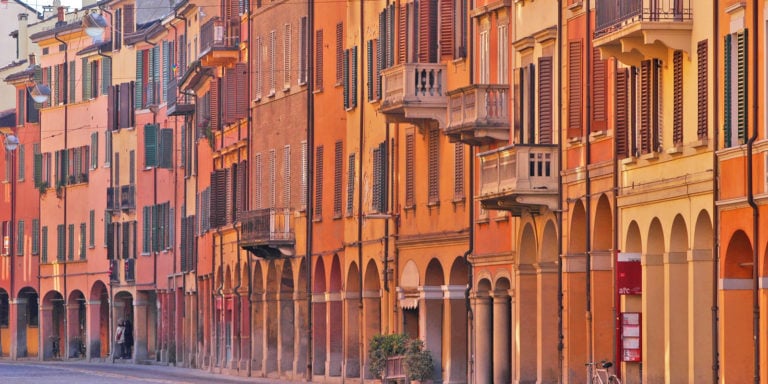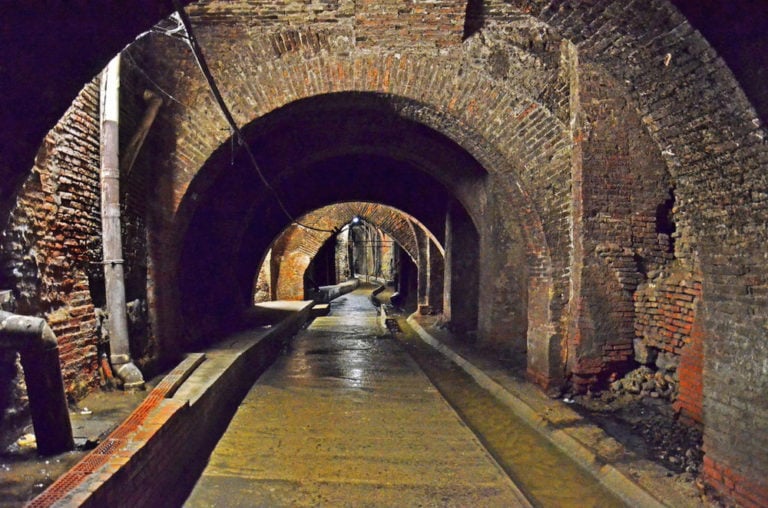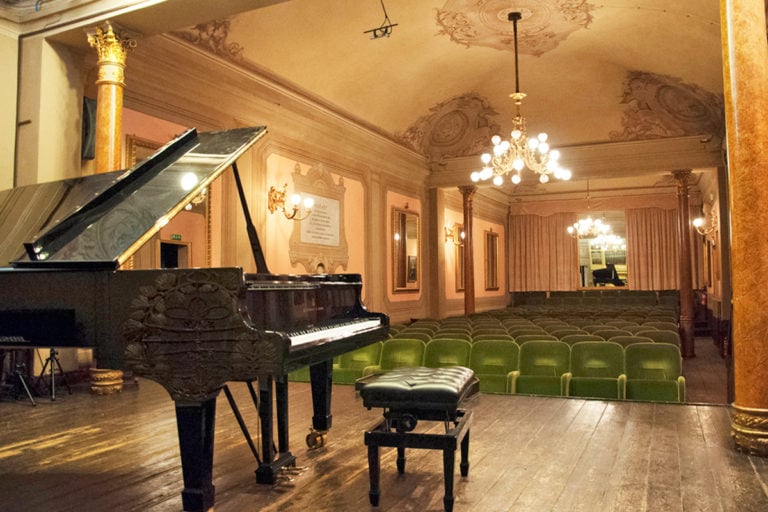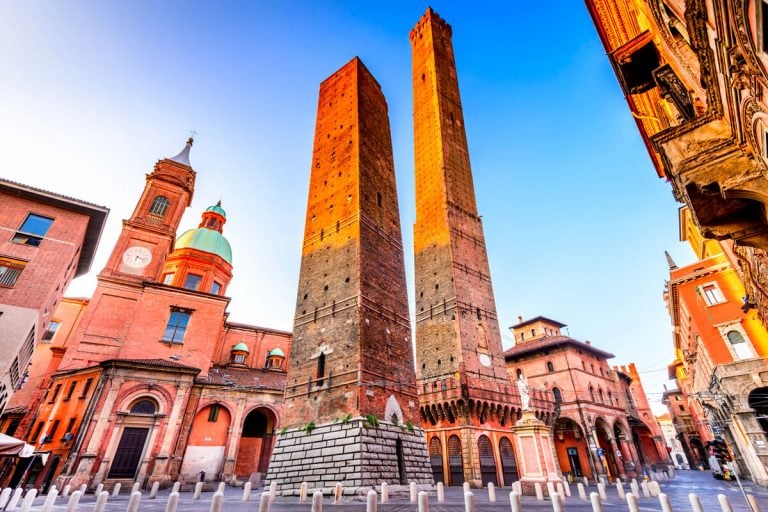Today, we take you to have a walk across the main places of study and research that over the centuries made the University of Bologna famous all over the world.
Universities have always looked at Bologna as their Alma Mater (lit. ’nourishing mother’), acknowledgment formally recognized in 1988 – on the occasion of the 900th0 anniversary of UniBo (the acronym that stands for University of Bologna) when more than 800 universities from all the continents have signed the Magna Charta Universitatum.
As many of you already know, the University of Bologna is the oldest university in the world: its origin dates back to 1088 AD, date established by a committee of historians chaired by Giosuè Carducci.
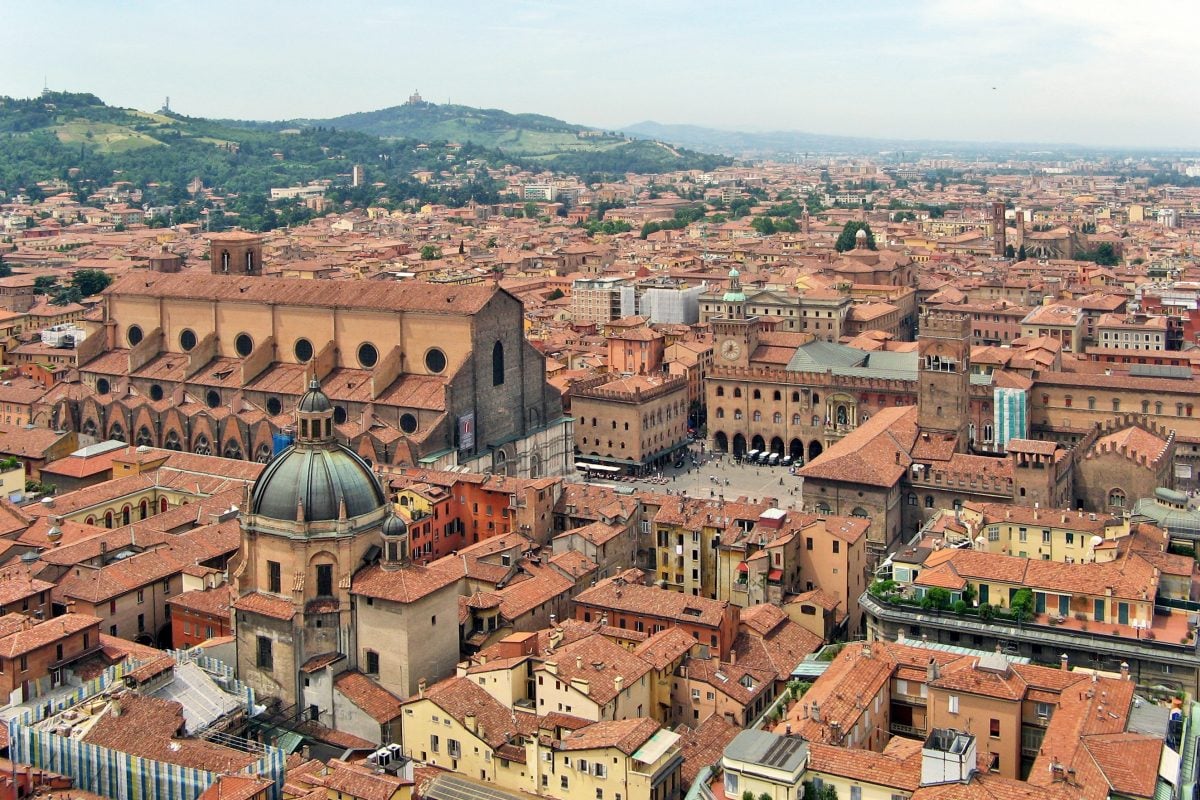
The birth of The University of Bologna
The University of Bologna started to take shape at the end of the 11th century when professors of grammar, rhetoric and logics started to apply themselves in law.
In 1158, with the Costitutio Habita by Federico I, the work of research of the university started to be independent of any other power.
From that moment onwards, the fame of Bologna and its University spread throughout Europe and became the destination of many illustrious guests, such as Thomas Becket, Albrecht Dürer, Carlo Borromeo, Torquato Tasso, Carlo Goldoni, Pico della Mirandola, Leon Battista Alberti and Nicolò Copernico, who studied here pontifical right, starting meanwhile his astronomical observations.
Starting from the 14th century, along with the schools of law, developed also the schools of artists i.e. students of medicine, philosophy, maths, astronomy, logic, rhetoric and grammar, finally introducing in 1364 the teaching of Theology.
In this period, some personalities like Dante Alighieri, Francesco Petrarca and Guido Guinizelli carried out some of their studies in this city.
The teachings of Greek and Hebrew were introduced in the 15th century and later, in the 16th century, the one of “natural magic”, which stood for experimental science.
Two representative figures of this field were Ulisse Aldrovandi, who developed fundamental theories in the Pharmacopoeia and in the study of animals and fossils, and Gaspare Tagliacozzi, who made the first observations of plastic surgery.
However, Bologna experienced her golden period of medicine during the 17th century, when Marcello Malpighi started to adopt the microscope for his anatomy research.
With the Industrial Revolution, the University promoted scientific and technological development, thanks also the studies carried out by Luigi Galvani, one of the founders of modern electrical engineering, and later during the Italian Unification, when the university lived a further period of enhancement thanks to figures such as Giosuè Carducci, Giovanni Pascoli, Augusto Richi and Augusto Murri.
The iconic places of the University
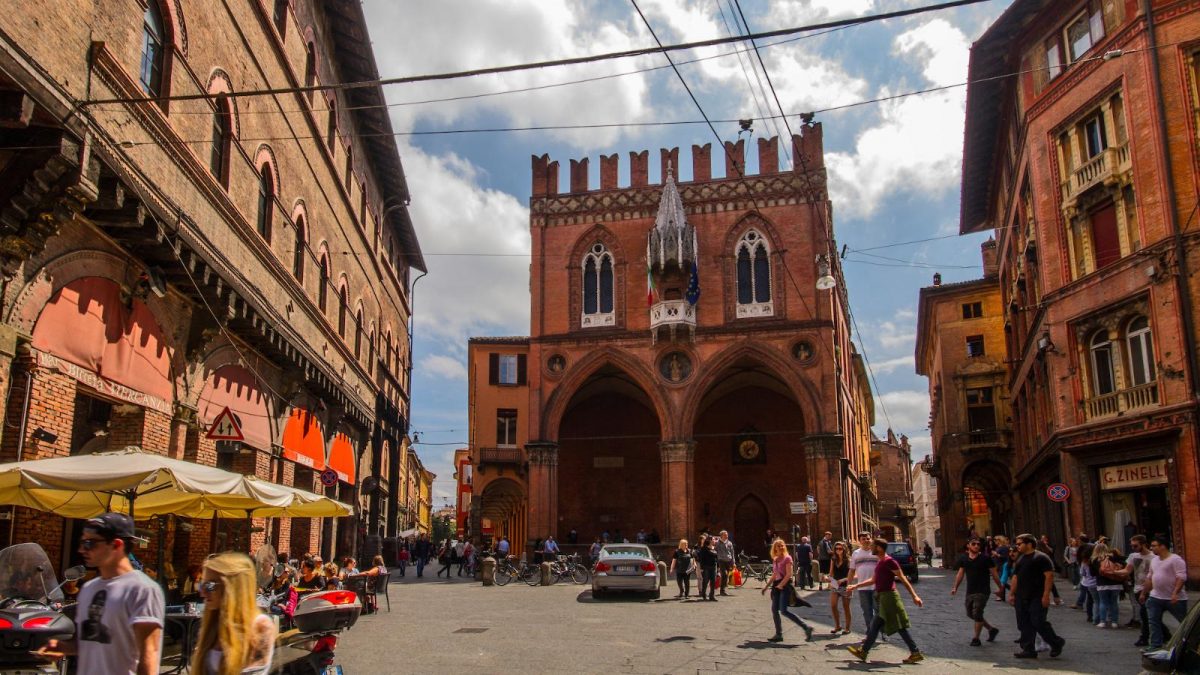
Today, the University and Bologna are one indivisible entity that finds its roots in its centuries of tight relationships among the institutions and the city.
For all these reasons and history, people who visit Bologna may find interesting to know some of the historical places of study and research that made this city famous all over the world:
- Church of San Procolo is a place of meeting for law university students;
- Colleggio di Spagna – also known with its Spanish name “Real Colegio de España” – was commissioned by Cardinal Egidio Albornoz in 1364 and it is still the only witness of the 24 university colleges built between the 13th and 17th century to welcome students coming from outside the city;
- The five Tombs of Glossators near the Church of San Francesco and the Basilica of San Domenico are the proof of the social prestige that was given to the doctors of the University of Bologna. Furthermore, they were the reference point for the so-called “artists” and “law” students, respectively;
- The Medivela Museum preserves several portrayals of lecturers with students. Among others, it hosts the Lapide Della Pace, which was engraved in 1222 to celebrate the restored peace between the students and the Municipality, guilty of having executed a student who had violated a woman;
- The Hospital Santa Maria della Morte was once crowded by medicine students and today, it hosts the Archaeological Museum of Bologna;
- Archiginnasio Palace was built on request of Pope Pio IV in 1562 with the objective of gathering in a unique place all the schools of the University of Bologna. This function lasted until 1803 and now it hosts the Municipal Library and the well-known wooden Anatomical Theatre, built in 1637 by Antonio Levante and designed for the Anatomy lessons;
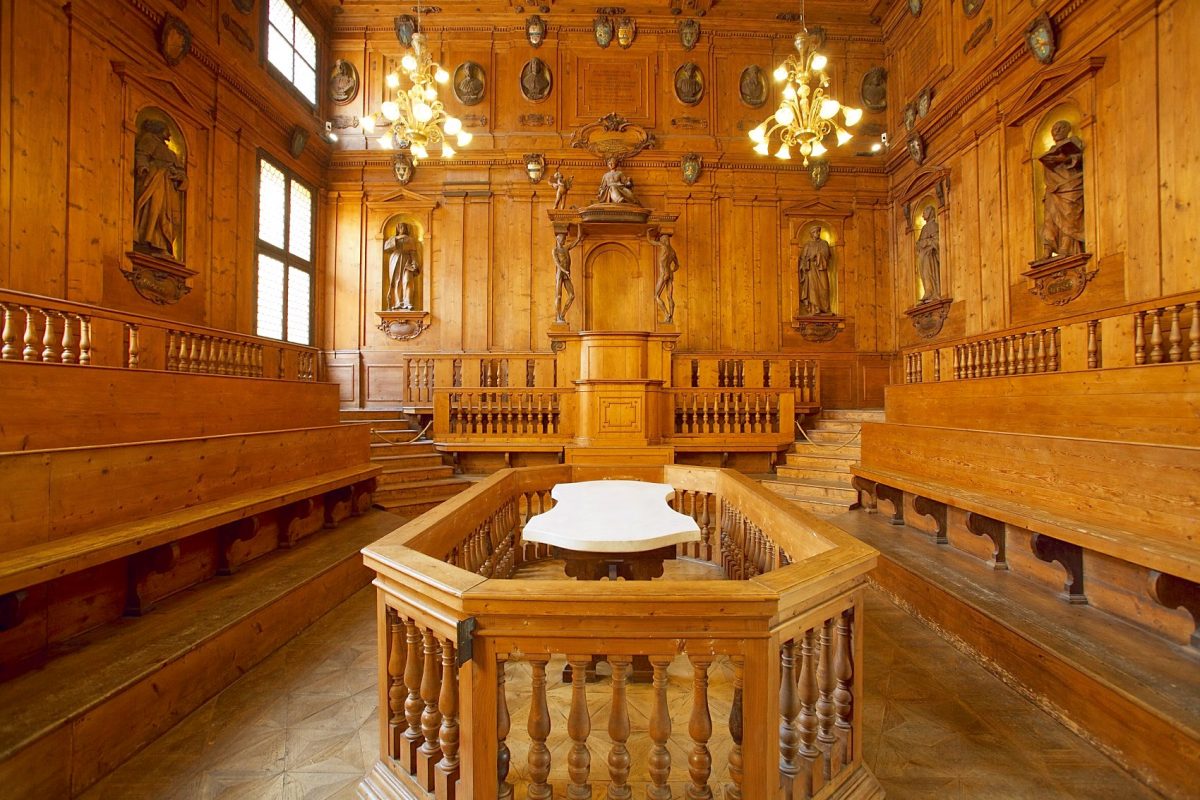
Archiginnasio Palace, Anatomical Theater (BO) - On a wall inside the Palazzo della Mercanzia (Commerce Palace), you can see the commemorative plaque that celebrates the exemption from duties granted to the university students of Bologna at the beginning of 15th century, and this is a further proof of the prestige the university boasted in the city’s ordinary life;
- Palazzo Poggi was built towards the half of the 16th century; Napoleone chose it as the new site of the modern University of Bologna in 1802. Inside, it features the “Aula” where Giosuè Carducci had his lessons when he was given the chair of Italian Literature in 1860;
- Founded in 1568 under Ulisse Aldrovandi’s initiative, the Botanical Garden is one of the most ancient gardens in Italy and it jealously preserves vegetal treasures unique in the world;
- The University library in Via Zamboni continues still today his activity of retrospective-historical collection and it is a centre of excellence as concerns the cartographic and bibliographic research.
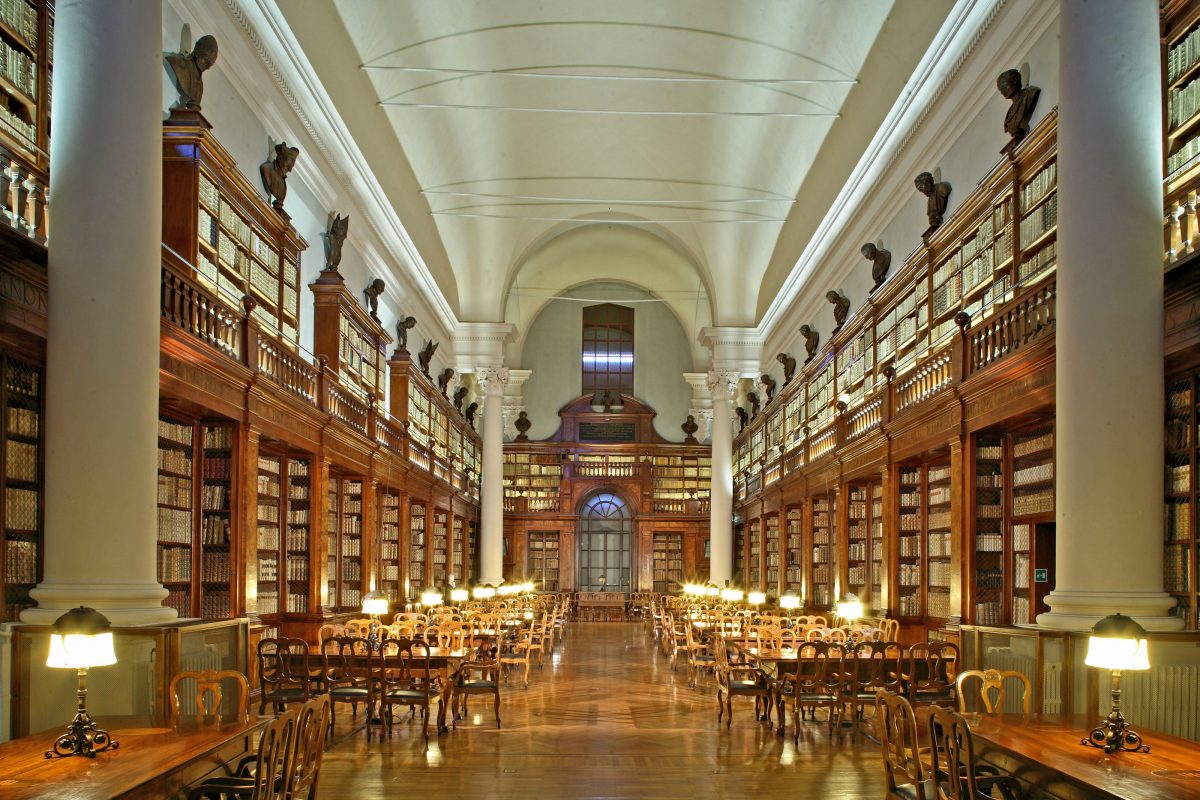
Author

Davide Marino
Davide Marino was born archaeologist but ended up doing other things. Rational – but not methodic, slow – but passionate. A young enthusiast with grey hair
You may also like
[Emilia Romagna Art Cities] Bologna in 3 minutes
by Elisa Mazzini /// January 18, 2018

Interested in our newsletter?
Every first of the month, an email (in Italian) with selected contents and upcoming events.
![[Emilia Romagna Art Cities] Bologna in 3 minutes](https://www.travelemiliaromagna.it/wp-content/uploads/2021/06/bo2016bolognabasilica_san_petroniow13574g1g4break-768x512.jpg)
